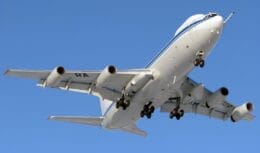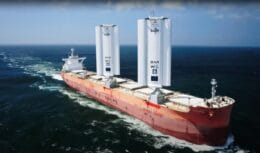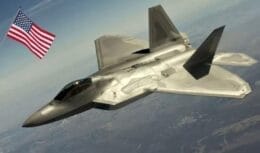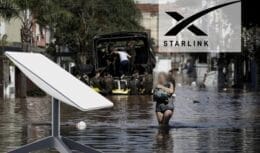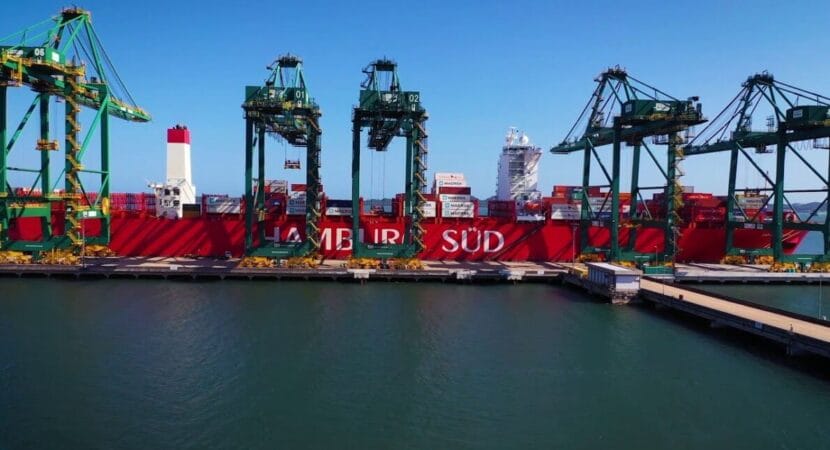
At the Port of Itapoá, the berthing operation of container ships involves precise techniques and collaboration between pilots and tugs, ensuring a safe and efficient maneuver within one of the most modern and agile ports in Latin America.
At the Port of Itapoá, one of the most efficient in Latin America, docking a ship is an operation that combines technique, precision and great safety. It is essential activity allows gigantic container ships, with containers as big as three-axle trailers, to be loaded and unloaded efficiently.
During docking, the role of the pilot is crucial. This professional specializes in the particularities of the local port channel and assists the ship's captain, who is not familiar with the restricted waters of the port. The pilot is responsible for planning the ship's route, considering factors such as water depth and tidal conditions, ensuring that the ship navigates safely to the pier.
When a ship approaches port, it may initially anchor or drift
When a ship approaches port, it may initially anchor or drift while waiting for permission to dock. Once authorized, the pilot boards the ship using a ladder and heads to the bridge to begin the docking maneuver.
The maneuver is delicate and requires the use of tugboats, small powerful vessels that help position the ship at the pier. These “water tractors” are essential, especially when the ship is so large that it cannot maneuver safely within the port on its own.
Practical constantly communicates with tugboats via VHF radio
The pilot constantly communicates with the tugs via VHF radio, giving specific instructions to each as necessary. This teamwork between the pilot and the tug pilots is essential for the success of the operation.
As the ship approaches the dock, transverse thrusters (bow thrusters) to adjust your position precisely. Once lined up with the dock, the ship is tied with cables to bollards, which are structures designed to hold the ship securely.
After the ship is secured, the pilot completes his task and disembarks
After the ship is secure, the pilot completes his task and disembarks. The berthing operation ends with the ship firmly attached to the pier, ready for the loading and unloading process. This process not only highlights the importance of the skill and knowledge of the practitioners but also highlights the efficiency and modernity of facilities and operations at the Port of Itapoá. With an organized structure and well-established processes, the port remains a crucial point for Brazilian foreign trade.


